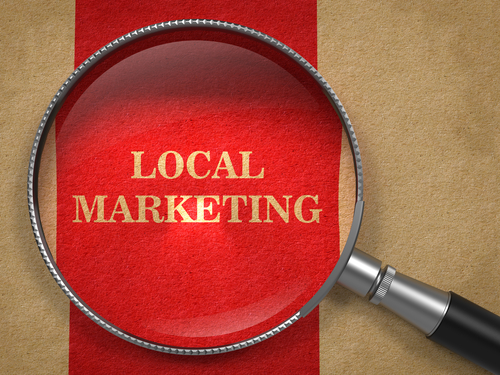Marketing Has Gone Hyper Local

When geo-targeting technology first began to emerge a few years ago, small regional businesses of all kinds were given the opportunity to market themselves to larger numbers of potential customers than ever before.
As a mobile marketing tool, geo-location was a gift to retailers looking to attract more walk-in business. It enabled businesses to target users to within a square foot, sending time limited discounts and special offers only to those people most likely to take advantage.
As region-specific mobile marketing tactics become more sophisticated, SMB owners have a dizzying array of options: beacons, GPS, location information garnered from previous interactions - they’ve all ushered in a new era of hyper-localized marketing.
Such accurate technology is helping local businesses maximize efficiency on tight budgets. Even without geo-location, mobile marketing tactics are already the most cost-effective way to reach more people. With it, that cost-efficiency improves further still, granting small companies a way to reach the widest customer base they can realistically serve.
It looks like an exciting future for targeted mobile marketing. The technology has already reached lofty levels of sophistication, but there are a few places it can go. Some mobile marketing analysts are looking towards pitching discounts according to what the weather’s doing. It’s certainly not relevant for every type of business, but bars serving cold drinks on an outside patio would love to know if it’s about to rain just before they’ve sent half-off mobile coupons. Other local data like traffic conditions could begin to play a role in geo-targeted advertising.
One thing’s for sure: these tools are allowing creative, imaginative marketers to realize their wildest dreams without being thwarted by technological limitations. If the rapid rate of development continues at the same pace, mobile marketing tactics will look very different in a decade - exactly how different is anybody’s guess.


